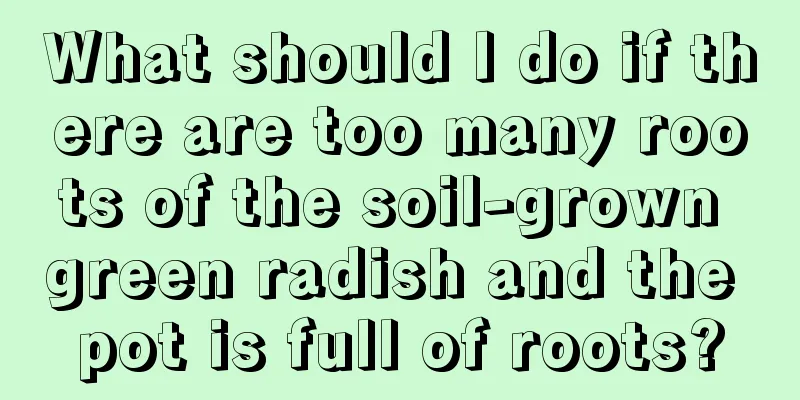The six stages of flower growth

1. Germination stageThe first stage a flower goes through in its growth process is the germination stage. In order to promote better germination of seeds, a suitable growth environment must be provided to ensure appropriate moisture and temperature. In addition, it is recommended to germinate the seeds before sowing, which can increase the germination rate and make the germination faster. 2. Seedling stageOnce the leaves of the flower begin to open, it means the seedling stage has begun. The roots will appear first. The roots will quickly penetrate the soil and firmly fix in the soil, absorbing water and nutrients from the soil, thereby sprouting leaves. 3. Growth StageThe chlorophyll in plant leaves absorbs a large amount of energy from sunlight. The energy provided by the sun is conducive to photosynthesis, which can promote more vigorous growth of plants. If it is a light-loving plant, it must be placed in an environment with good lighting and exposed to more sunlight to encourage the accumulation of more nutrients and vigorous growth. For plants that do not require much light, proper shading should be provided to avoid sunburn, which would affect their growth and germination. 4. Vegetative StageWhen the plant receives 5 hours or more of light per day, it means that the vegetative growth stage has begun. During this stage, the plant will quickly grow leaves and stems to support the growth of flowers or fruits. 5. Flowering stageMost plants will flower when they reach adulthood. The flowers have male and female parts, which appear in the same flower in most plants. The ovary or carpel constitutes the female part of the flower, while the male part consists of the stamens. 6. Reproductive StagePlants usually reproduce asexually through insect pollination, and during the flowering period, plants will use all their energy to reproduce. Different plant propagation methods may be different. Some develop only after pollination by a male plant. |
<<: Shade-loving and cold-tolerant garden trees
>>: Plants that grow in harsh environments
Recommend
How to make a potted plant of Suzaku flower
Steps to remove the pot If the flower has already...
Can cacti be grown indoors?
Can cacti be grown indoors? Cactus can be planted...
The flower language and legend of butterfly flower
The flower language of butterfly flower The flowe...
How to grow Chinese cabbage with high yield and quality?
Pakchoy , also known as small green cabbage, Shan...
How often should I water the Schefflera vine?
How often should I water the Schefflera vine? The...
What to do if white pine is infested with insects
White pine long insect I haven't visited the ...
What should I do if the rainbow jade has worms?
1. Causes of worms The environment for growing ra...
What are the breeding methods and precautions for thick-skinned
Cheeky Growth Habit Thick-skinned Sedum belongs t...
How many years does it take for jackfruit to bear fruit?
Introduction to Jackfruit Planting Jackfruit is d...
How to grow Dendrobium
1. Sunlight It is native to tropical rainforest a...
How to grow green radish
1. Soil culture method 1. Soil: To grow green rad...
When is the best time to repot Daphne odora? Time and precautions for repotting soil
Time to repot Daphne odora Daphne osmanthus needs...
The efficacy and function of Phoenix orchid
The efficacy and function of Phoenix orchid The g...
How to plant gladiolus and when is the best time to plant it
1. How to plant gladiolus 1. Turning the soil: If...
How to grow Strelitzia
Farming methods temperature Strelitzia reginae is...









